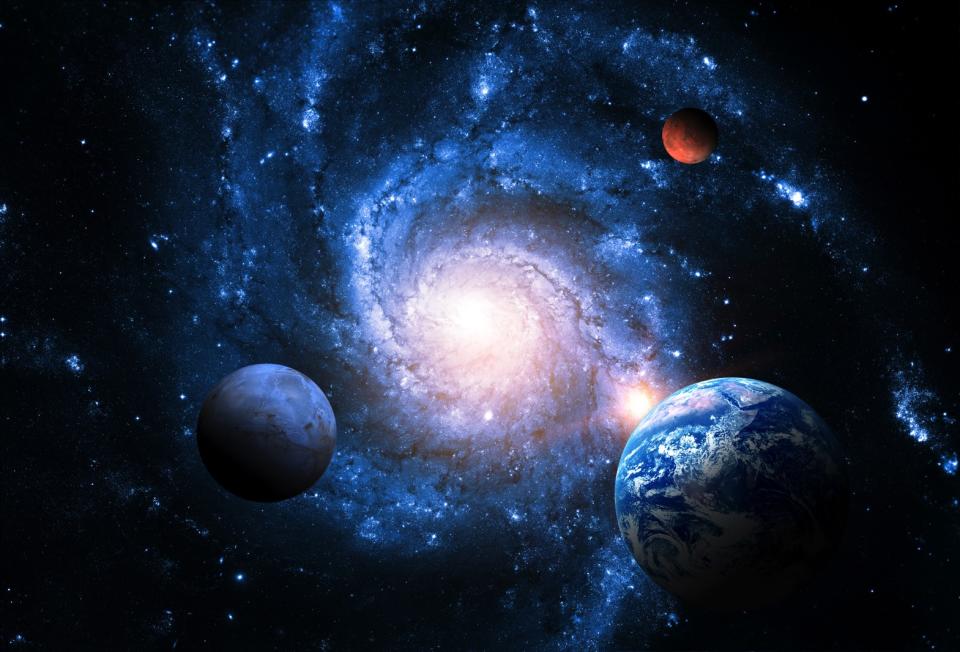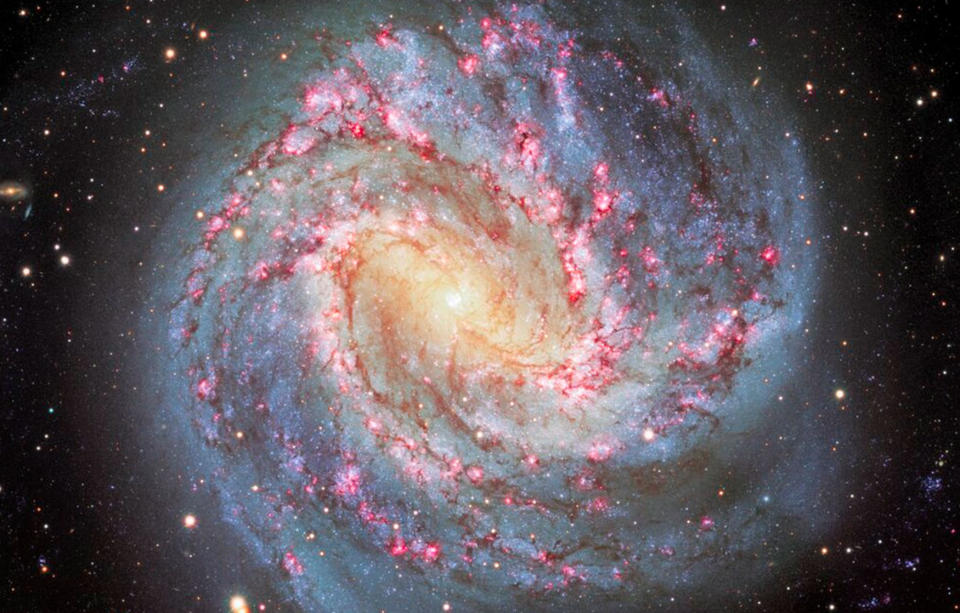Scientists think there’s a mirror universe where time moves backwards

If you purchase an independently reviewed product or service through a link on our website, BGR may receive an affiliate commission.
Some scientists say that our universe could just be one side of the coin. The other side is something they call the “anti-universe”. It’s basically a hypothetical mirror universe where time moves backward.
Today's Top Deals
KN95 masks made in the USA are in stock and discounted at Amazon!
Amazon's #1 best-selling bed pillows with 118,000 5-star reviews have a rare discount today
You won't believe how good the Amazon deals are on this special page!
Scientists think a mirror universe exists

But how exactly did scientists come to this conclusion? A new study on the matter focuses on the three most important symmetries that scientists have found in nature: charge, parity, and time.
Charge basically dictates that if you flip the charge of a particle involved in an interaction to its opposite, then you’ll get the exact same interaction. Parity then dictates that if you look at the mirror image of an interaction, you will see the same result in the reflection. Finally, time dictates that running any interaction backwards in time will cause it to look the same. This fundamental idea is known as CPT symmetry for short.
As Livescience notes, most physical interactions obey at least most of these symmetries most of the time. However, there are some violations. Despite those outliers, scientists have never found any interactions that ignore all three symmetries at the same time.
In this new paper, though, scientists posit that this symmetry doesn’t just pertain to the actions that take place in the universe. Instead, it applies to the entirety of the cosmos. But how do you get from talking symmetry in the universe to proposing a mirror universe altogether? That’s where things get really interesting.
Balance in everything

If you’ve ever watched any of the Star Wars movies, then you’ve probably heard people talk about the Jedi and the Sith balancing each other out. Fantasy movies also talk about the precarious balance between good and evil. It’s this basic idea of balance that has led scientists to believe in the existence of a mirror universe.
By extending the idea of CPT symmetry to the entirety of the cosmos, the scientists argue that we cannot see our universe as the bigger picture. Instead, our universe is simply one part–one flip of the charge, so to speak. As such, there must be more, a mirror universe that is just like ours, except running backwards in time to account for CPT.
Not only would a CPT-obeying universe create balance, it would also create additional discoveries around dark matter and everything as a whole.
What a CPT obeying universe looks like

Scientists say a CPT obeying universe would allow for the universe to naturally expand instead of relying on a period of rapid expansion–the Big Bang. This alone could open the door for a variety of viable alternatives beyond the theory of the Big Bang.
Throwing in a mirror universe would also open the door for additional neutrinos. These particles always appear as left-handed, whereas all other particles in the universe consist of both left and right-handed varieties. This, scientists say, could be another clue to the existence of a mirror universe.
The scientists say it’s unlikely these right-handed neutrinos would be visible. Instead, they’d be invisible particles more akin to dark matter, which manifests its existence through interactions with gravity. Altogether, it’s an interesting idea and one that is infinitely more complex than you might think upon first hearing about it.
But proving its existence won’t be easy. Because our mirror universe exists before the Big Bang, there’s no way for us to visit it. However, scientists can dig deeper into it through testing. Who knows, maybe we’ll see more in-depth research on this matter sometime in the future.

